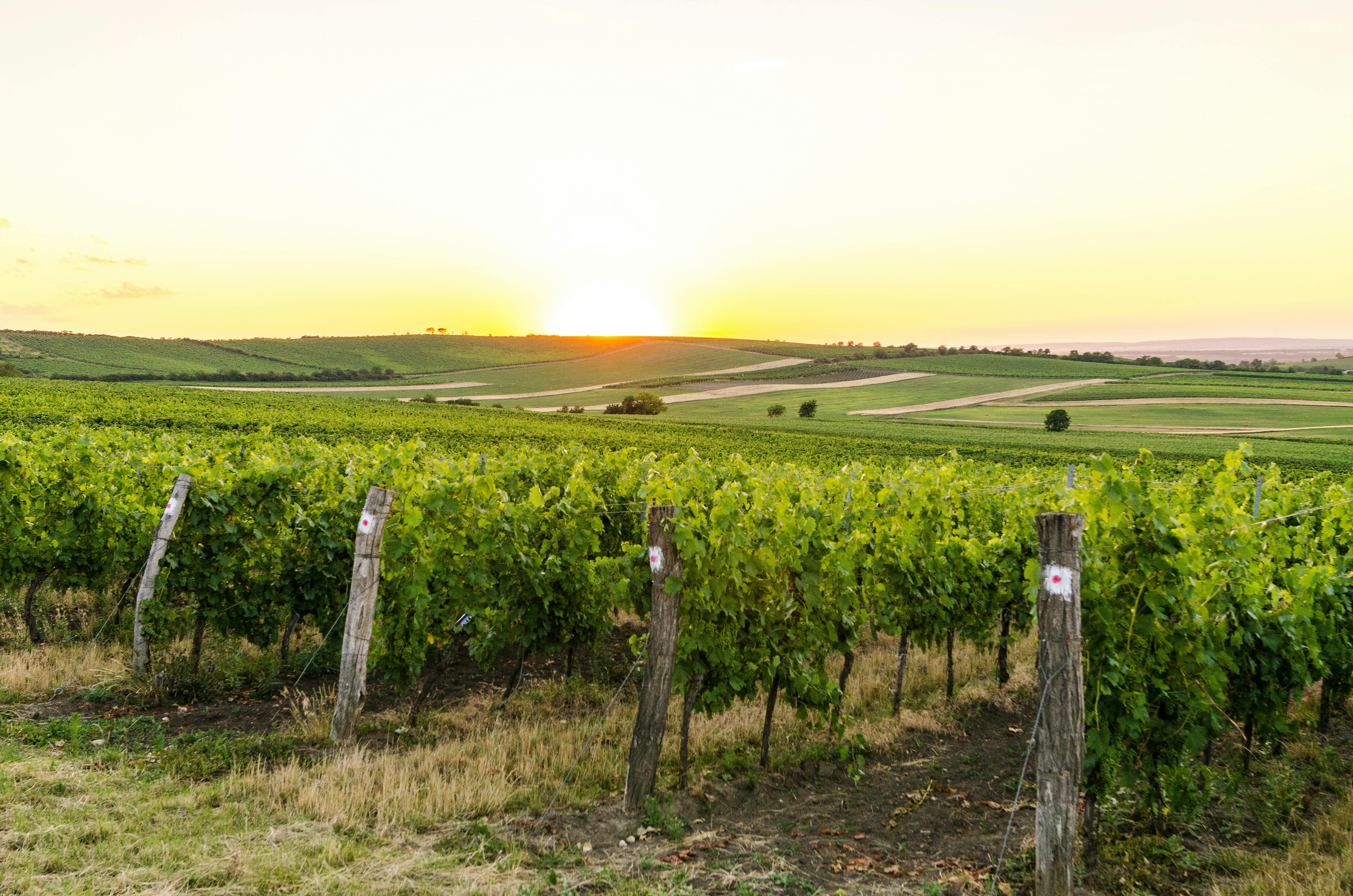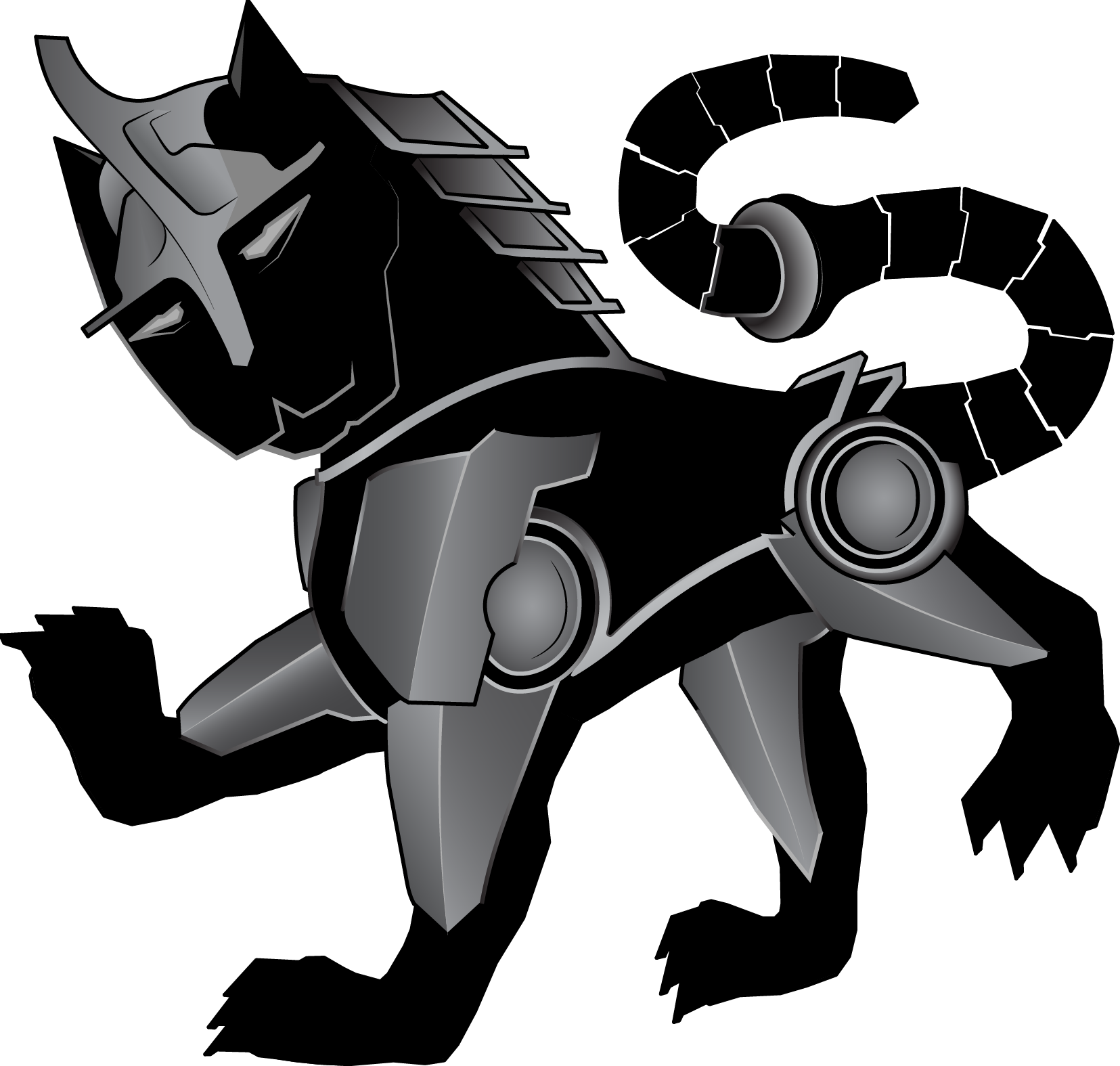
Advantages of Using UAVs in Vineyard Pest Control
Grape berry moth (Lobesia botrana)
Chemical Control
In determining the timing for grape berry moth (Lobesia botrana) treatments, factors such as pheromone traps, effective degree days, egg hatch monitoring, twilight temperatures, and phenological stages are utilized. In the Aegean Region, the period between the maximum butterfly flight and the first larval emergence for the first generation is a minimum of 1 day and a maximum of 35 days, depending on the local area. For the second generation, the period between the maximum butterfly flight and the first larval emergence can be the same day, with the maximum span reaching up to 23 days. In the third generation, the first larval emergence can occur a minimum of 19 days before and a maximum of 14 days after the maximum butterfly flight. When deciding on treatments, it is necessary to consider not only the evening temperatures for the first generation but also the maximum flights, effective degree days, phenological tracking, and egg monitoring for the first, second, and third generations, as well as the first larval emergence.
In Central Anatolia, where the pest produces two generations, two applications are sufficient. The first application should be made 5-6 days after the maximum flight of the first generation, and the second application should be made immediately after the maximum flight of the second generation.
In the Mediterranean Region, the grape berry moth produces three generations. For the first generation, a treatment can be made by monitoring the phenology of the vines, the effective degree days, butterfly flights in the region, and the days when twilight temperatures exceed 14°C. For the second and third generations, treatments are carried out by monitoring the maximum flights, effective degree days, vine phenology, and egg hatch.
In the Southeastern Anatolia Region, where the grape berry moth produces three generations, treatments for the first generation can be made by tracking the phenology of the vines, maximum butterfly flights in the region, effective degree days, days when twilight temperatures exceed 14°C, and egg hatch. Two applications, made 5-6 days after the maximum flights of the second and third generations, along with larval emergence, will be sufficient. The decision to treat is made when the pest's economic damage threshold, with an infestation rate of 1%, is reached.
Grape Powdery Mildew (Erysiphe (Uncinula) necator)
Chemical Control
-
First Application: When the shoots reach 25-30 cm in length (G stage),
-
Second Application: Before flowering, when the flower buds separate (H stage),
-
Third Application: When the flower petals shed and the berries reach the size of small BBs (J stage),
-
Other Applications: The duration of the pesticide's effectiveness, meteorological factors, and the progression of the disease should be considered, and applications should continue until the berries reach the stage just before they begin to drop (L-M stage).
Grape Downy Mildew (Plasmopara viticola)
Chemical Control
In Areas Without a Forecasting-Warning System:
First Application: Should be made when the shoot length reaches 25-30 cm.
Subsequent Applications: After the first application, the duration of the pesticide's effectiveness should be considered, and applications should continue until the infection conditions are eliminated. Attention should be paid to the time interval between the last application and the harvest.
In Areas with a Forecasting-Warning System:
In regions using a forecasting-warning system, pesticide applications should be based on data provided by electronic forecasting-warning devices.
Considerations for Pest Control with Baibars CT33s and Baibars CT50s UAVs:
Attention to Physiological Characteristics: Before applying, the physiology of the disease and pests should be considered, and the application should be made at the correct time.
Application Timing: The application should be performed during the night or in the cool hours of the morning.
Windless Conditions: The application should be carried out in windless conditions.
Mapping According to Terrain Conditions: The application area should be mapped based on the terrain conditions.
Pesticide Calibration: Appropriate calibration and parameters should be set according to the pesticides used. Additionally, the row width and row spacing of the vineyard should be considered to calculate the application width.
baibars CT33s:
- Height (Altitude): 2.5 - 3.0 meters above the plant
- Application Width: 6.0 meters
- UAV Speed: 5 m/s average
- Liquid per Decare: 4-6 liters
baibars CT50s:
- Height (Altitude): 3.5 - 4.0 meters above the plant
- Application Width: 7.0 meters
- UAV Speed: 6 m/s average
- Liquid per Decare: 4-6 liters
Note: If multiple pesticides are used, a pre-mixing test should be conducted using a jar test.
Battery Level: During the application, if the UAV's battery level drops to 25%, it should be called back to the launch point for safety and battery health reasons.
Results: Applications with UAVs in vineyards achieve 100% of the desired results. Additionally, this method provides ease of application, ensures uniform distribution, and prevents yield loss.
